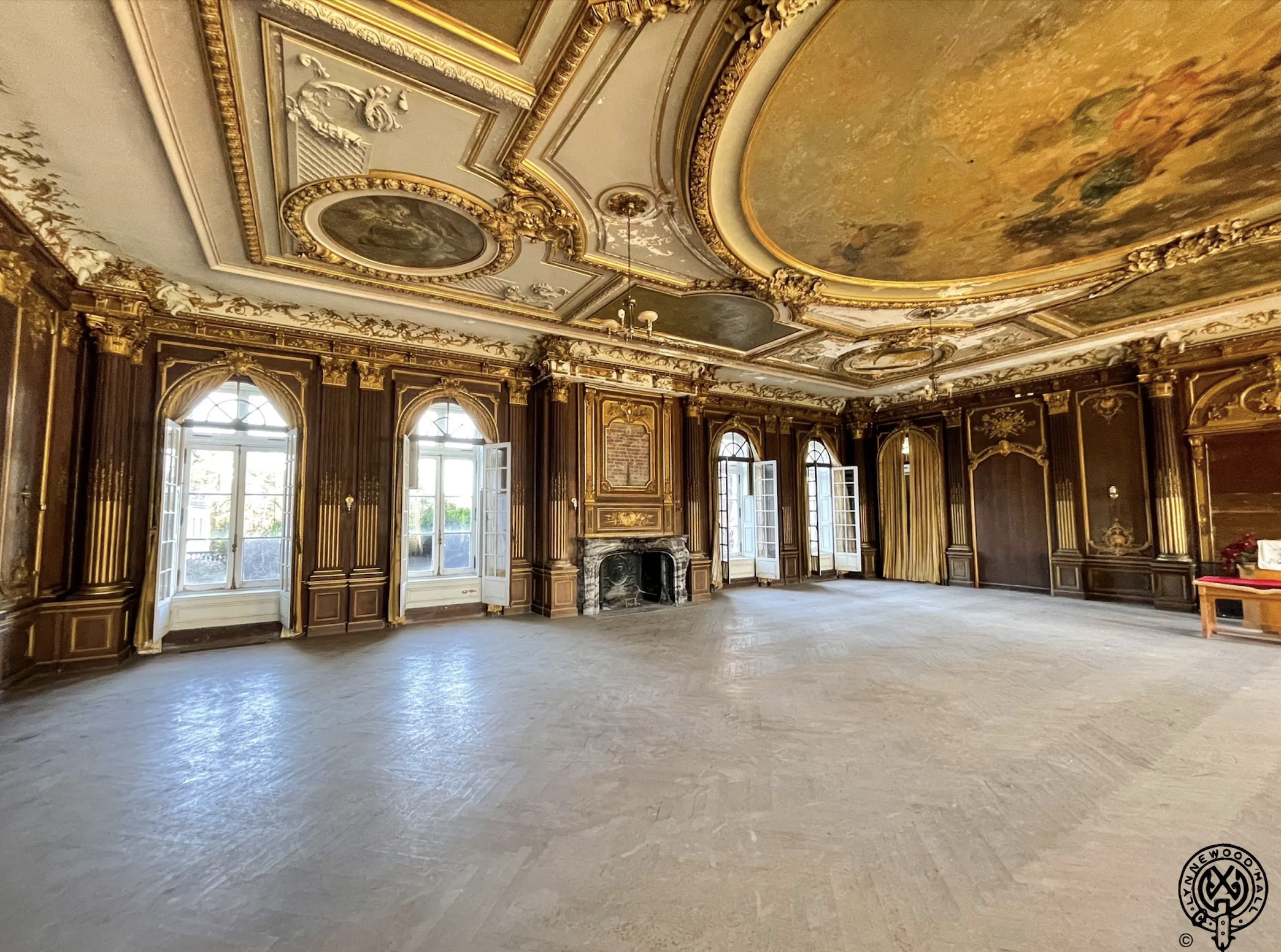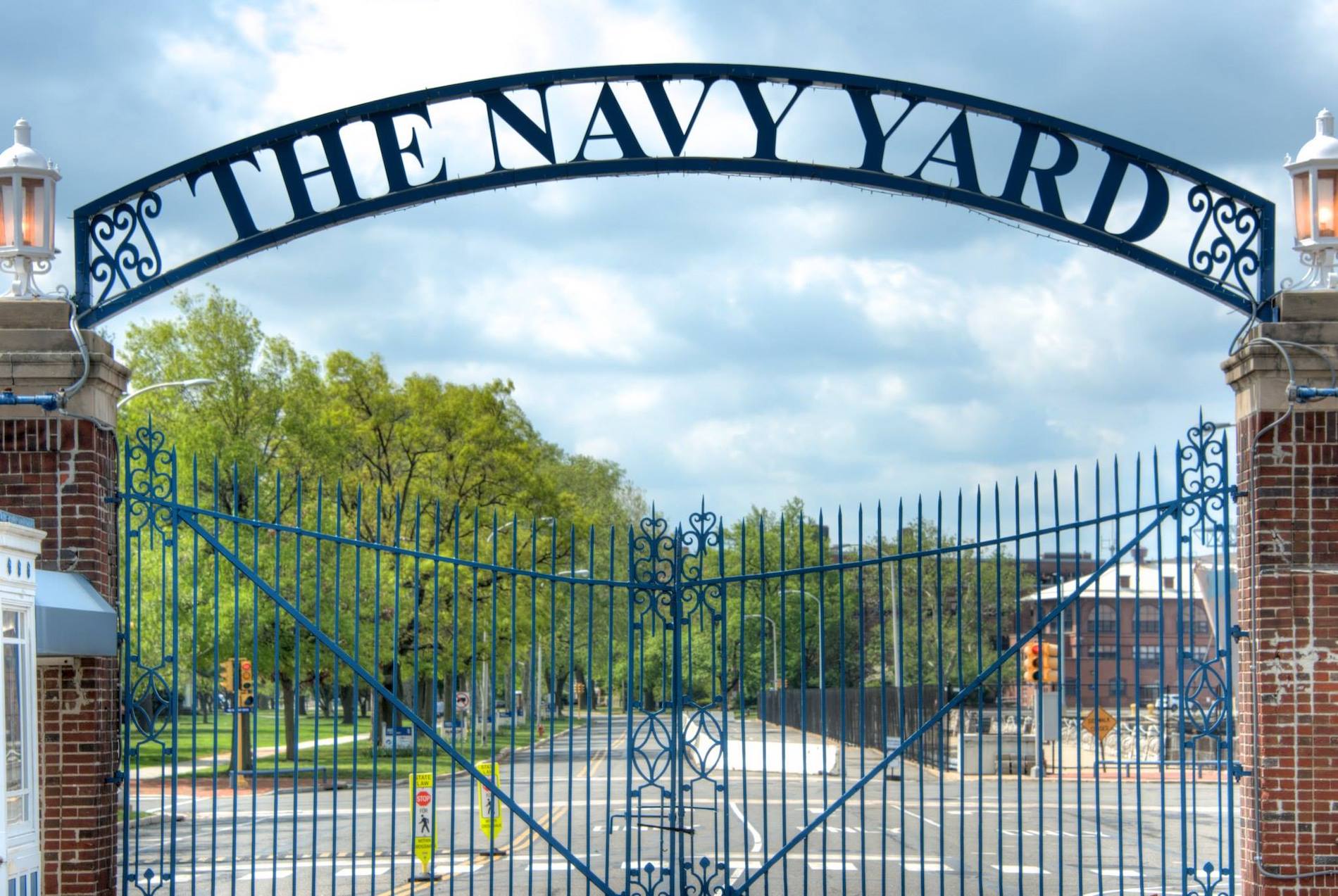the secret life of buildings
The Secret Life of Buildings: Philadelphia’s Last Surviving Theatres
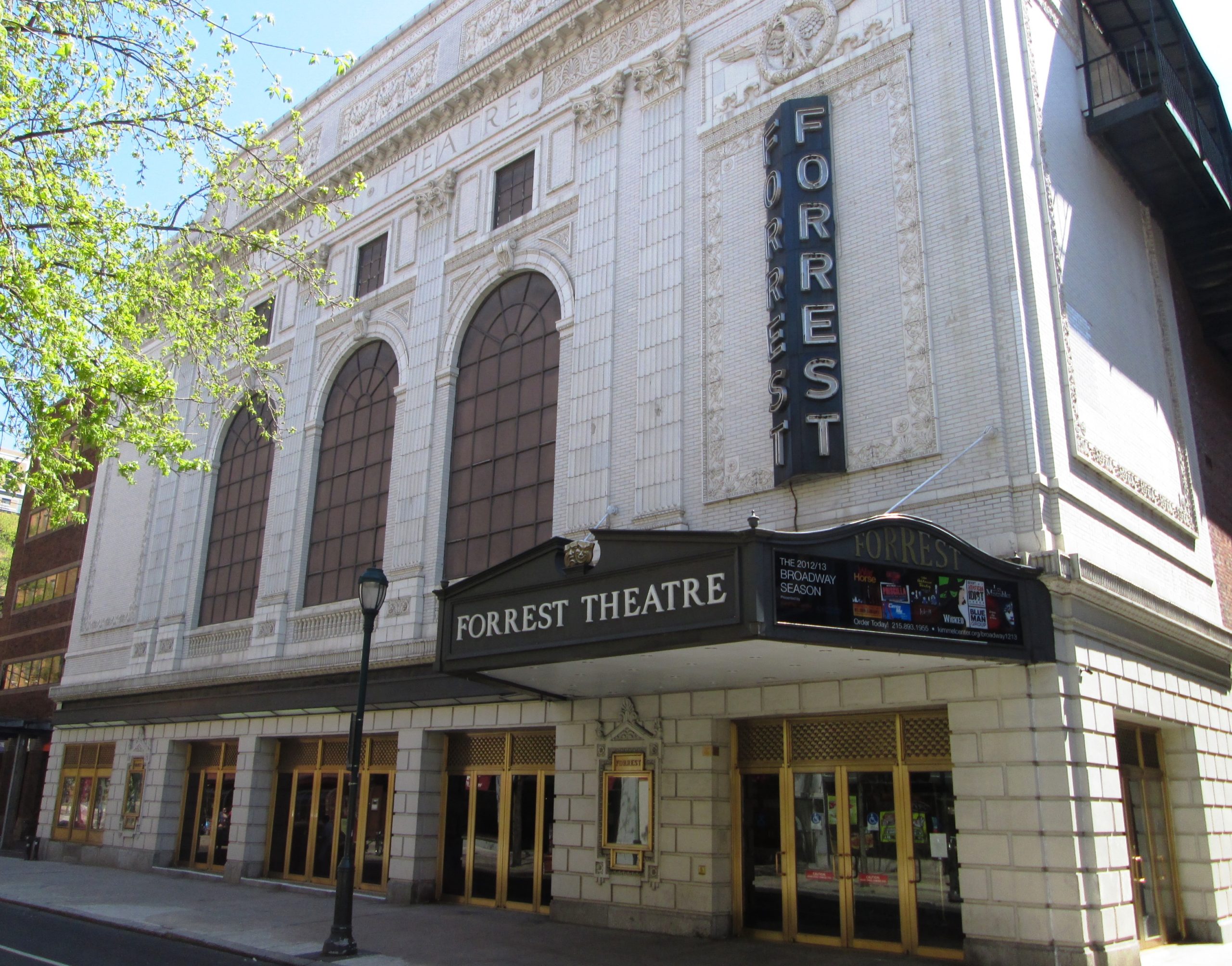
Theaters are a measure of a City’s vitality. They are also weather vanes of constantly shifting cultural trends. In both regards, Philadelphia theaters have withstood the test of time. Here are a few that are noteworthy for both their architecture and their role in shaping our City’s history.
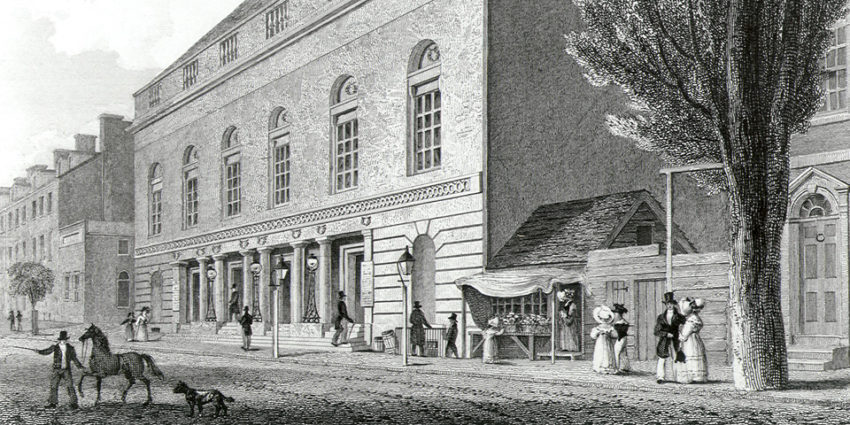
Walnut Street Theatre
The oldest theatre in America, Walnut Street Theatre opened in 1809 as a circus with equestrian acts. Just two years later, out go the horses; in come the actors. Redesigned for theatrical performances by acclaimed architect William Strickland, the theatre featured the top actors of their day. Audience members included President Thomas Jefferson and the Marquis de Lafayette.
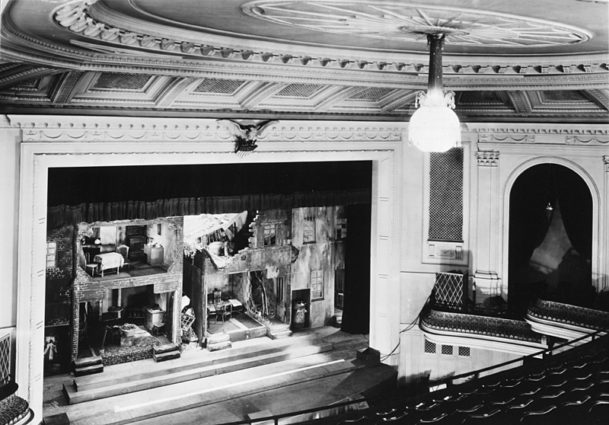
The biggest change came in the 1940s when the Theatre was purchased by the Shubert Organization. At the time, Philly was a “try-out” town where shows worked out their kinks before opening on Broadway. Other Center City theatres presenting Broadway previews included: the Shubert (now the Merriam); the Erlanger at 21st and Market (demolished in 1978), and the Locust Theatre, 1407 Locust (now Estia restaurant).
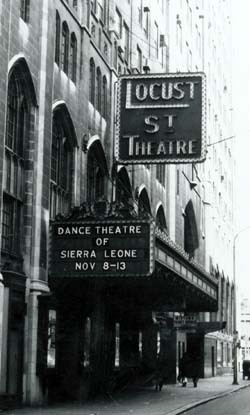
As a result, Philly audiences could see the original casts of shows for a fraction of the Broadway price. Pre-theatre restaurants like Lew Tendler’s at Broad and Locust displayed hundreds of autographed photos of famed actors who had dined there. The Walnut Theatre’s stage had featured luminaries of stage and screen, including Lauren Becall, Woody Allen, Audrey Hepburn, Gene Hackman, Henry Fonda, and Sidney Portier.
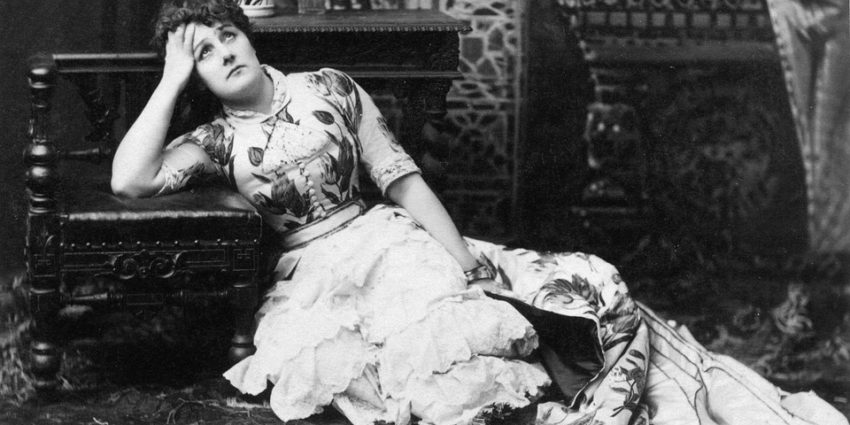
The Walnut, a National Historic Landmark, became a self-producing, non-profit regional theatre in 1982, founding the Walnut Street Theatre Company. With nearly 50,000 subscribers annually, today the Walnut Street Theatre is the most subscribed theatre company in the world.
Metropolitan Opera House
When it opened in 1908, seating 4,000, the Metropolitan Opera House, 858 N. Broad Street, was the largest theater of its kind in the world. Designed by architect William H. McElfatrick, known as “the father of American theatre architecture,” it was originally called the Philadelphia Opera House and was owned by New York’s Metropolitan Opera which performed there until 1920.
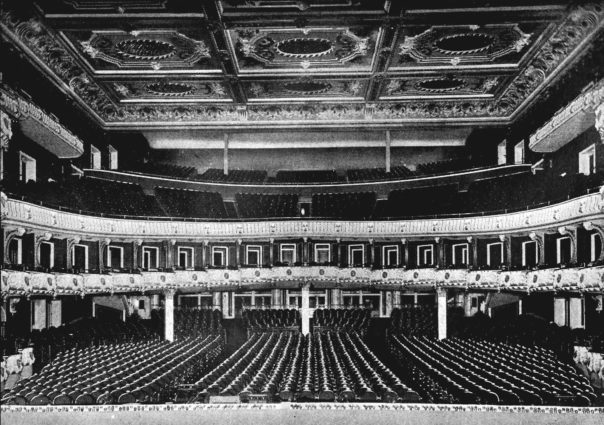
Today, North Broad Street might seem an unlikely location for opera lovers, but at the dawn of the 20th Century, it was an affluent part of the City, lined with the mansions of wealthy industrialists. By the late 20th Century, North Broad Street was in decline and the Metropolitan Opera House became inactive as a music venue.
In 2018, after a $56 million-dollar restoration, the 113-year-old opera house reopened as the MET Philadelphia, featuring a performance by Bob Dylan to a sold-out audience. The new space has art deco elements and marks the revitalization of North Broad Street. Upcoming performances include Sting, Ringo Starr, and Alicia Keys.
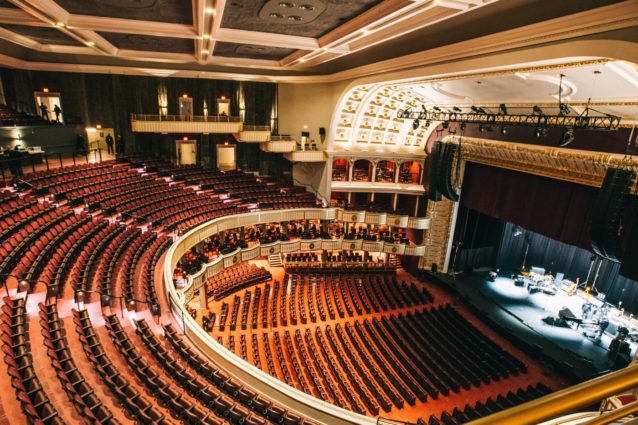
The Tower Theater
Built in 1927 in Upper Darby, just outside the City limits, the Tower Theater thrived in its early years as a vaudeville venue and movie theater.
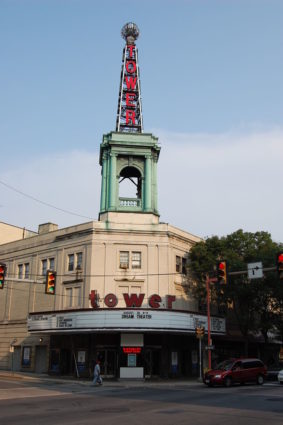
By the 1970s, the Tower had fallen on hard times, reflecting changes in the neighborhood. In 1972, the theater was refurbished following a severe fire and converted into a rock concert venue.
The Tower presented rock legends: David Bowie, Genesis with Peter Gabriel, Bruce Springsteen Lou Reed and Jerry Garcia. In 2018, the Tower Theater was named one of the 10 best live music venues in America by Rolling Stone Magazine. Currently, the Tower Theatre is the site of the Van Gogh Immersive Event through February 2022.
Forrest Theatre
Originally located at Broad and Sansom Street, the Forrest Theatre was built at its current location, 1114 Walnut Street, in 1927. Designed by architect Herbert J. Krapp, the theatre was named after the 19th century Philadelphia actor Edwin Forrest and is one of the architect’s most intricate designs. Owned by the Shubert Organization, the Forrest Theatre offered previews of Broadway plays and musicals from the 1940s through the 1970s.
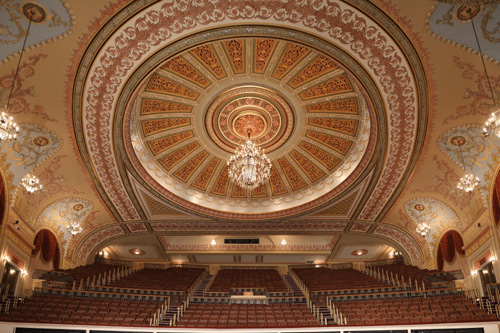
The Grand Foyer was redone in the early 1990s by famous theatrical scenic designer Oliver Smith. In 2017, an extensive redecoration to the Auditorium and Mezzanine Lounge was completed.
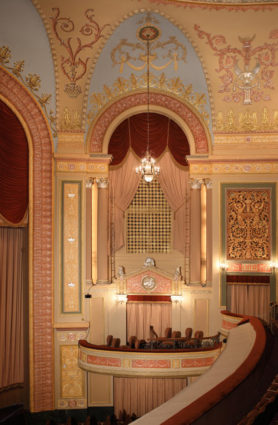
Starting in 2007, the Forrest Theatre joined with the Kimmel Center for the Performing Arts offering Broadway touring productions. Recently, that included sold-out performances of Hamilton.
Sedgewick Theater
Built in 1928 and designed by architect William Harold Lee, the Sedgewick in Mt. Airy is one of the twenty remaining theaters designed by Lee, including the Bryn Mawr Film Institute and the Hiway Theater in Jenkintown. This Art Deco movie palace was built just as silent films gave way to “talkies” and was in operation until 1966.
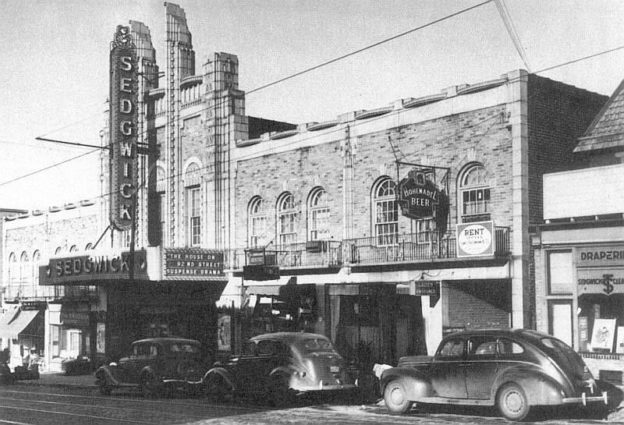
When it closed, it became a warehouse and significant damage had been done. It became the Sedgewick Cultural Center in 1995. However, by 2006 the overall condition of the theater had not improved. In 2010, the Quintessence Theatre Group rented the Sedgewick for a classical repertory troupe. They have since secured a twenty-year lease on the theatre and they continue to present performances at the site.
The next time you are in one of Philly’s historic theaters, don’t just take in the show. Take in the magnificent architecture and craftsmanship of a bygone era that has thrilled audiences for over a century.
This article is part of a series titled “The Secret Life of Buildings” where we cover the history and architecture behind Philadelphia’s storied buildings. We’ve written about row house styles, alleys, courtyards, and star bolts, among other topics. What else would you like to learn about? Follow us and DM us on Facebook or Instagram to let us know!






